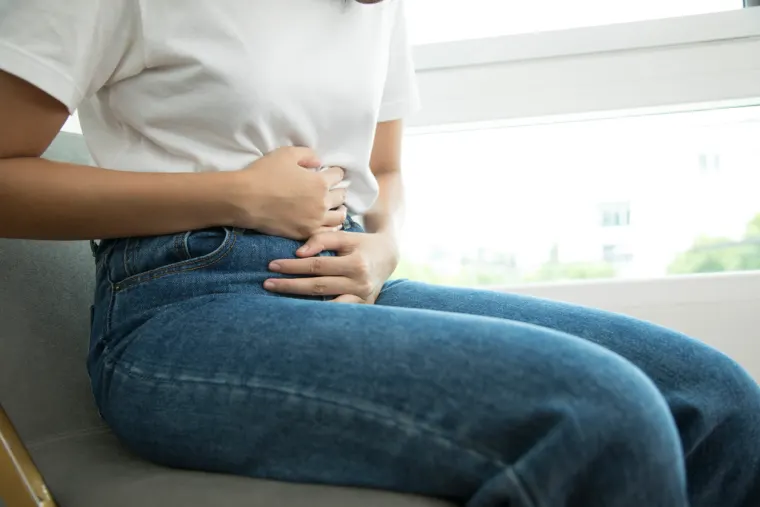Also, learn how to lower your chances of getting it.
Every year, about 275,000 individuals receive treatment for pancreatitis. This happens when the pancreas gets swollen. Even though we don’t often hear much about the pancreas, it’s a really important part of our body. It’s situated in the upper part of the belly, behind the stomach, and in front of the spine. The pancreas plays a big role in turning the food we eat into energy for our cells. It achieves this by producing insulin and special juices that aid in breaking down food.
Pancreatitis messes up this crucial job and can lead to severe problems. That’s why it’s vital to recognize the early signs of pancreatitis and understand what to do if you notice them.
What Is Pancreatitis and What Causes It?
Dr. Andrew S. Boxer, MD, a specialist in stomach and intestine health at Gastroenterology Associates of New Jersey, explains that pancreatitis occurs when the pancreas is swollen. There are two kinds: acute and chronic. Acute pancreatitis is a brief issue that usually gets better in a few days with treatment. Chronic pancreatitis, however, lasts a long time and doesn’t get better; instead, it gets worse over time.
Dr. Shilpa Mehra Dang, MD, a digestive system expert at the Medical Offices of Manhattan and a contributor to LabFinder.com, mentions that in both situations, pancreatitis can lead to strong belly pain. She explains, “This irritation or swelling occurs when something harms the pancreas, like excessive alcohol, gallstones, cysts, or specific medications. This swelling can result in severe stomach aches, nausea, throwing up, and even life-threatening issues.
Both Dr. Dang and Dr. Boxer agree that pancreatitis mainly comes from two things: gallstones and drinking alcohol. Dr. Boxer advises, “If someone has gallstones and has had pancreatitis, they should get rid of their gallstones and gallbladder.
The Early Sign of Pancreatitis Most People Miss, According to Gastroenterologists
Both doctors stress that pancreatitis is a severe condition. That’s why understanding its symptoms is crucial. Dr. Dang points out, “One of the signs of pancreatitis that can be overlooked, especially in the beginning, is mild or unclear belly pain.” She adds, “People sometimes don’t pay much attention to this pain because it might feel like indigestion or regular stomach discomfort.
Dr. Boxer emphasizes that people with pancreatitis might feel pain in their belly that extends to their back. He adds that this discomfort can also come with feelings of sickness and throwing up.
However, the pain isn’t always very strong. Dr. Dang mentions, “The pain from pancreatitis can range from mild to severe, and not everyone experiences severe pain right away.” She continues, “Some individuals might have a dull, steady ache or discomfort in their upper belly, which might not seem like a big issue initially. Because of this, they might delay seeing a doctor until the problem worsens or becomes more painful.
More Signs of Pancreatitis To Know About
Dr. Dang notes that there are other signs of pancreatitis to watch out for, including having a fever, yellowing of the skin (jaundice), losing weight, having pale and oily stools, feeling very thirsty, and experiencing dizziness.
If you have any of the symptoms the doctors mentioned, it’s crucial to seek help from a healthcare professional immediately, possibly by going to the emergency room. In the case of acute pancreatitis, Dr. Dang explains that treatment usually includes receiving fluids through an IV, pain relief, antibiotics, and, in some cases, surgery to remove damaged tissue or drain fluid buildup.
For chronic pancreatitis, the treatment approach is distinct. According to Dr. Dang, it usually includes a mix of enzyme replacement therapy to aid digestion, sticking to a low-fat diet, and using pain relief medication. Just like with acute pancreatitis, she mentions that surgery might be necessary at times to clear blockages in the ducts.
How To Prevent Pancreatitis
As per both doctors, the top way to avoid pancreatitis is to cut down on alcohol. Dr. Dang suggests, “If you do drink, do so in moderation or consider not drinking at all to lower the chances.” Smoking is also connected to a higher risk of getting pancreatitis. So, if you smoke, quitting will reduce that risk. Furthermore, smoking raises the chance of getting pancreatic cancer for those with pancreatitis. Dr. Dang also advises that eating a diet rich in nutrients and staying properly hydrated can also lower the risk of developing pancreatitis.
You probably don’t usually give much thought to your pancreas. You can keep it that way by eating nutritious foods, cutting down on alcohol, and avoiding smoking. However, if you experience any kind of belly pain, make sure to see your doctor. This is particularly crucial if you suspect pancreatitis – trust your instincts!
- Dr. Andrew S. Boxer, MD, a gastroenterologist at Gastroenterology Associates of New Jersey
- Dr. Shilpa Mehra Dang, MD, gastroenterologist at the Medical Offices of Manhattan and a contributor to LabFinder.com
SOURCE: PARADE

